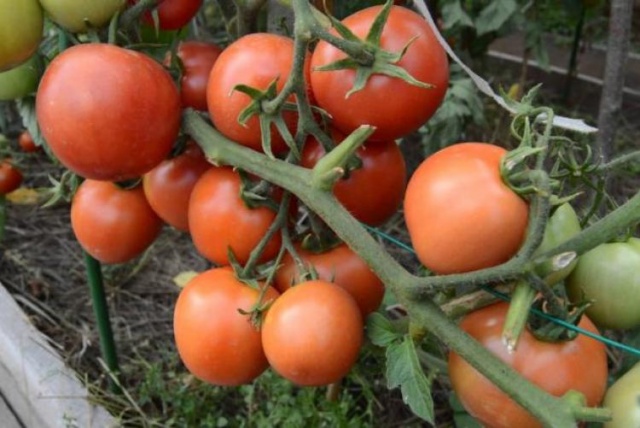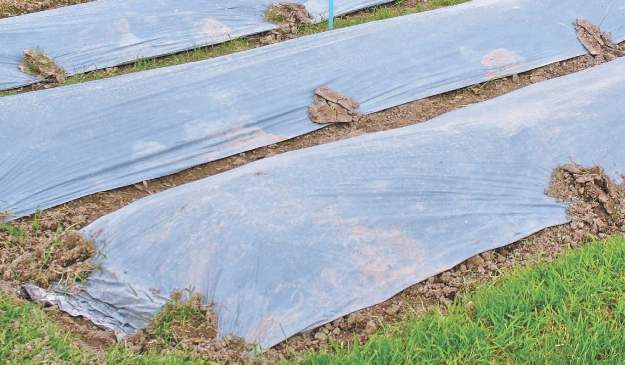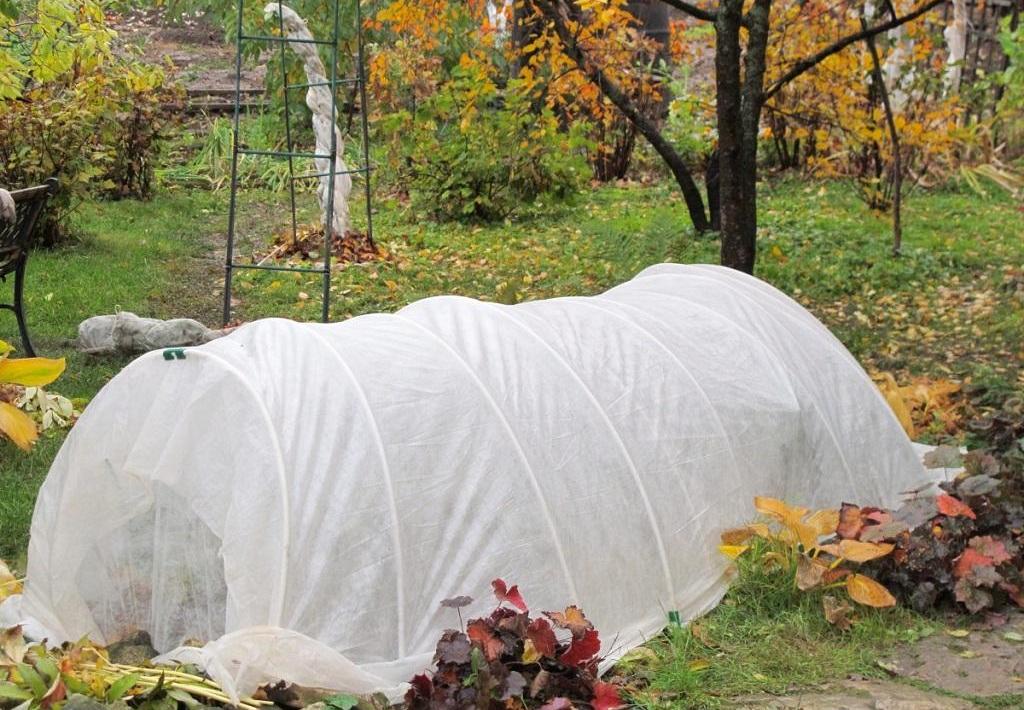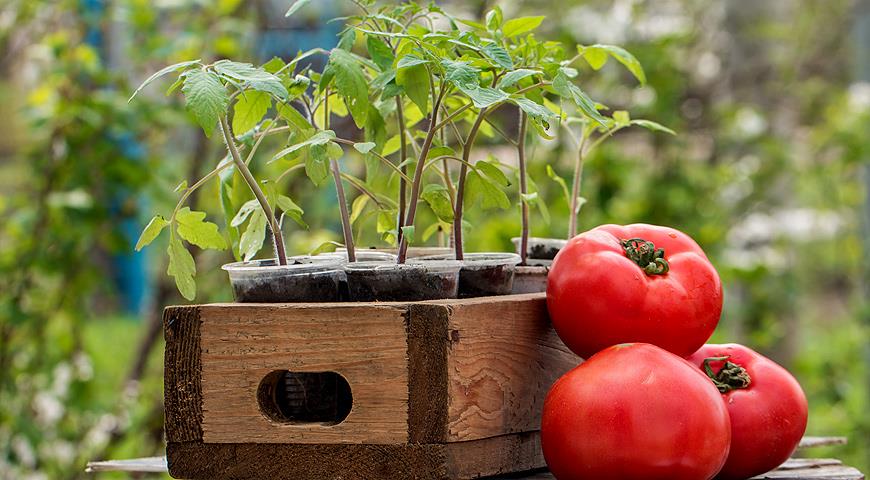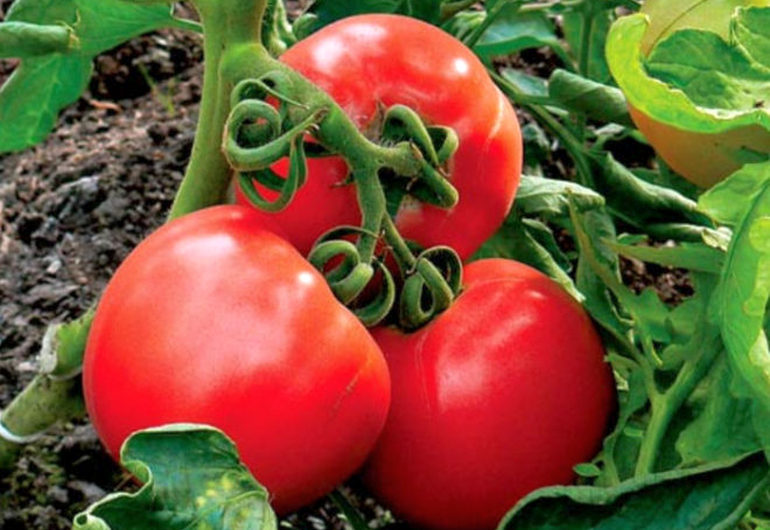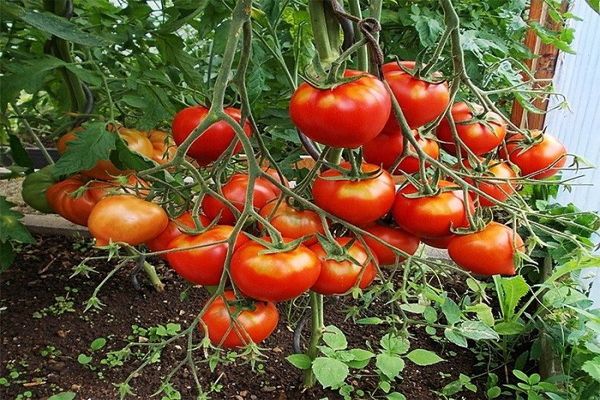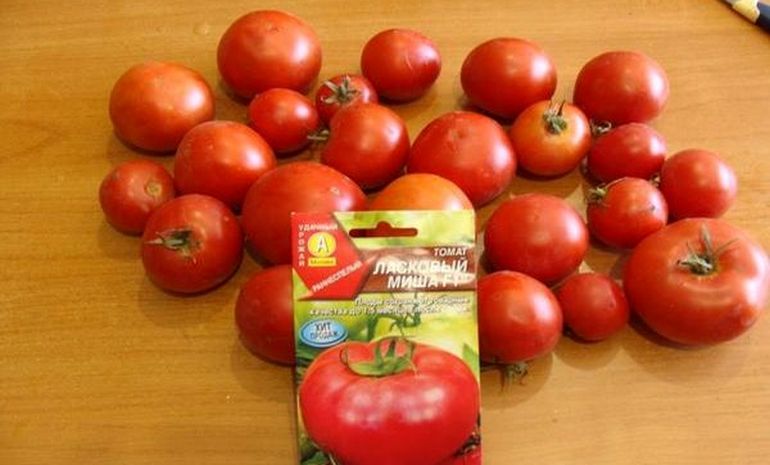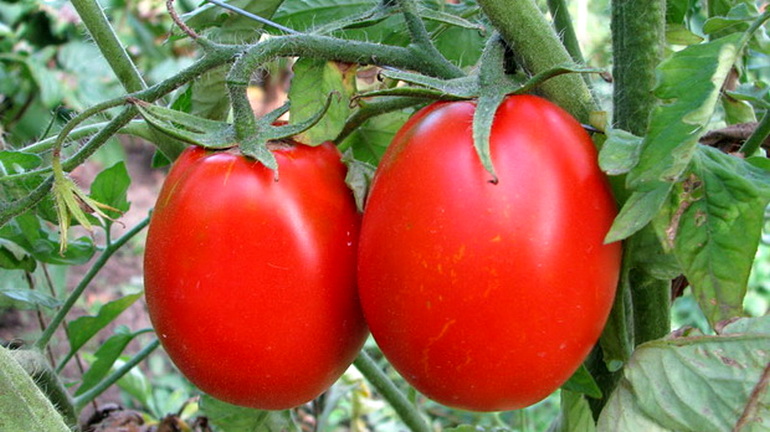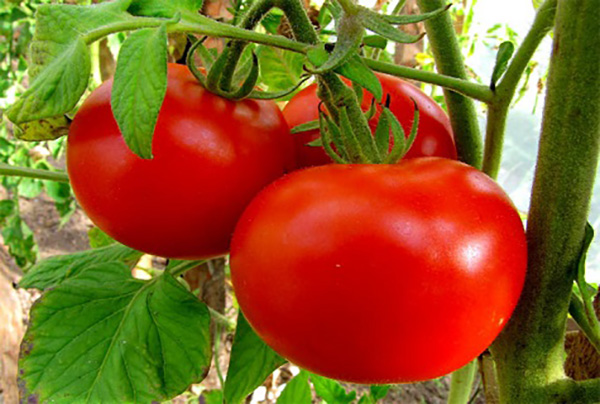Content:
Among the endless variety of tomato seeds, it is sometimes so difficult to make a choice: what varieties to plant in the garden in the current season. There are, of course, varieties that have already managed to fall in love, and they are grown from season to season. But I would like to try to grow new varieties - with a different color of ripe fruits, with different care requirements, with higher yields.
Those who think that all varieties and hybrids of tomatoes have already been tried should try growing Nikola tomatoes, a variety that enjoys an impeccable reputation among vegetable growers in many regions of the country of Russia.
The history of the creation of the variety
Breeders from the Siberian and Ural regions have been working for decades to develop new varieties and hybrids of tomatoes that could be grown in these cold regions of our country. In Altai, breeders bred the Siberian early ripening variety, which was repeatedly improved by adapting this vegetable crop to the changing weather conditions of the region, improving productivity and early maturity.
Tomato Nikola - a variety bred on the basis of "Siberian early ripening", is a new variety of tomatoes with improved characteristics and taste. This tomato is not a hybrid. After testing, the Nikola variety was entered in the State Register at the end of the last century.
This tomato was zoned for cultivation in the Middle Volga region and Western Siberia for planting in open and closed ground. Nikola tomatoes are highly stress-resistant, do not reduce the growth and ripening of fruits, even in adverse weather conditions.
Characteristics and features of the variety
The characteristics and description of the Nikola tomato variety should start with its early maturity. Nicola is an early and mid-season tomato, from germination to harvesting ripe tomatoes takes 3 to 5 months.
The varietal tomato belongs to the determinant type (not the standard tomato!). Shoot height - 60-65 cm. Shoots are erect, medium branching, foliage is below average. The foliage is typically tomato, dark emerald.
The first ovaries are formed over 6 permanent leaves. The ovaries are collected in clusters, each of which can contain from 5 to 7 fruits.
Due to their compact size and determinant type of bushes, Nikola tomatoes do not require pinching and tying.
The description of Nikola's tomatoes should be continued with a story about the characteristics of ripening fruits. The ripening tomatoes can have different sizes, but the same shape - the correct round. The skin is quite dense, rich red color. When eaten, the skin is practically not felt. The pulp is fleshy, has up to 8-10 chambers with seeds. Tomato juice made from the fruits of this variety can contain about 4.7% of dry matter. The taste is typically tomato, sweetish-sour. The mass of ripe fruits ranges from 90 to 190 g. The yield of this vegetable crop is above average (up to 7.5-8.5 kg per 1 m²).
The harvested crop has excellent marketable qualities, perfectly tolerates long-distance transportation, without losing its marketability and taste. Keeping quality of ripe fruits is higher than satisfactory.
Ripe fruits are versatile; they can be used fresh, in the preparation of vegetable salads, sauces and dressings. In canning, the fruits of Nikola's tomato are used for salting, pickling, and also in other twists.
These tomatoes are suitable not only for industrial cultivation, but also for private farms. Many vegetable growers grow these tomatoes for sale, since ripe fruits have an excellent presentation.
Agricultural technology for cultivating varieties
In colder regions, this vegetable crop is usually grown in seedlings. You need to start with processing the seed. If the seeds were purchased in a specialized store, then before planting, it is enough only to germinate them by placing them in a damp cloth. Seeds that were collected from their beds must be disinfected in a weak solution of potassium permanganate before sowing.
Planting seeds in the southern regions for seedlings should be in the first decade of March, and in Siberia and regions with similar climatic conditions, planting of seed is carried out in the last decade of March.
In order for the seeds of this variety to differ in varietal purity, you can use your own seed material for growing Nikola's tomato for several seasons, but once every 4-5 years it is better to purchase regular seeds from trusted agricultural firms.
After dressing, the seed is washed in running water and soaked in any solution of a growth stimulator (Humate, Epine and the like). How to soak is indicated in the instructions for use of the preparations.
Presowing seed germination accelerates the emergence of seedlings. The soil can be bought in a specialized store or prepared by yourself at home, the main thing is that it is the same in composition as in the beds into which the seedlings will be transplanted. In this case, her acclimatization will be faster.
The soil in the containers where the seeds will be sown should be loose and fertile. Seed material should be deepened to a depth of 1.5-2 cm so that the seedlings are not strongly thickened. Otherwise, during the subsequent pick, dividing the seedlings among themselves, you can damage their delicate roots.
After half-sowing, the containers are covered with polyethylene and placed in a warm place. In such greenhouse conditions, seedlings appear in 5-7 days.
After the emergence of friendly shoots, the polyethylene is removed, and the containers are placed on the southern or southeastern windowsills so that the seedlings receive enough light. If the daylight hours are short, the seedlings will have to be supplemented so that its duration is at least 11-12 hours.
After a week and a half, tomato seedlings will have a fairly large root system. If at the same time the sprouts are strong and do not stretch in height, then the conditions for their cultivation were respected.
In the process of further cultivation for young plants, the following conditions are needed:
- the temperature in the room during the daytime should be maintained at about 23 ° С, and at night - about 20 ° С;
- daylight hours lasting about 11 hours;
- regular watering with filtered water at room temperature as the soil dries up;
- when the seedlings have 3-4 permanent leaves, they should be picked into separate containers;
- seedlings should be fed 7-10 days after the diving procedure, the next feeding is carried out 18-20 days after the first;
- 10-12 days before transplanting plants to a permanent place, they need to be hardened.
The beds for planting tomato seedlings are prepared in advance: they dig up, apply organic and mineral fertilizers. The place should be sunny and free of drafts.
It is necessary to transplant seedlings into fully heated soil, when the probability of a spring cold snap passes. Although Nikola calmly tolerates temporary changes in weather conditions, it freezes during cold snaps, like other varieties of tomatoes.
Therefore, when planting seedlings in open ground, metal arcs are installed in the beds and the covering material is pulled to protect delicate seedlings from possible cold weather.
Further care for Nikola's tomato consists in regular watering, loosening row spacings, removing weeds and applying top dressing. In greenhouses, you need to regularly ventilate the room so that the humidity does not increase.
Advantages and disadvantages of the variety
The main positive qualities of Nikola tomatoes:
- friendly ripening of fruits;
- unpretentiousness in growing and caring for this vegetable crop;
- no need to pinch and tie up tomato bushes;
- no need to form plants;
- this vegetable plant can be grown not only in the open field, but also in greenhouses, its yield when grown in closed ground does not decrease;
- the harvested crop is distinguished by high marketability and taste;
- mature tomatoes tolerate long-distance transportation, have good keeping quality;
- the harvested crop has versatility - it is used fresh, and it can also be preserved and salted.
There are practically no disadvantages of this varietal tomato, but it should be noted separately: these tomatoes have low resistance to late blight, black bacterial spot and apical rot.
The undoubted advantages of Nikola's tomatoes are the main reason for its continuing popularity among gardeners. Once having planted this vegetable crop in their garden, summer residents collect its seeds and then use them for planting in a seedling or non-seedling way.
